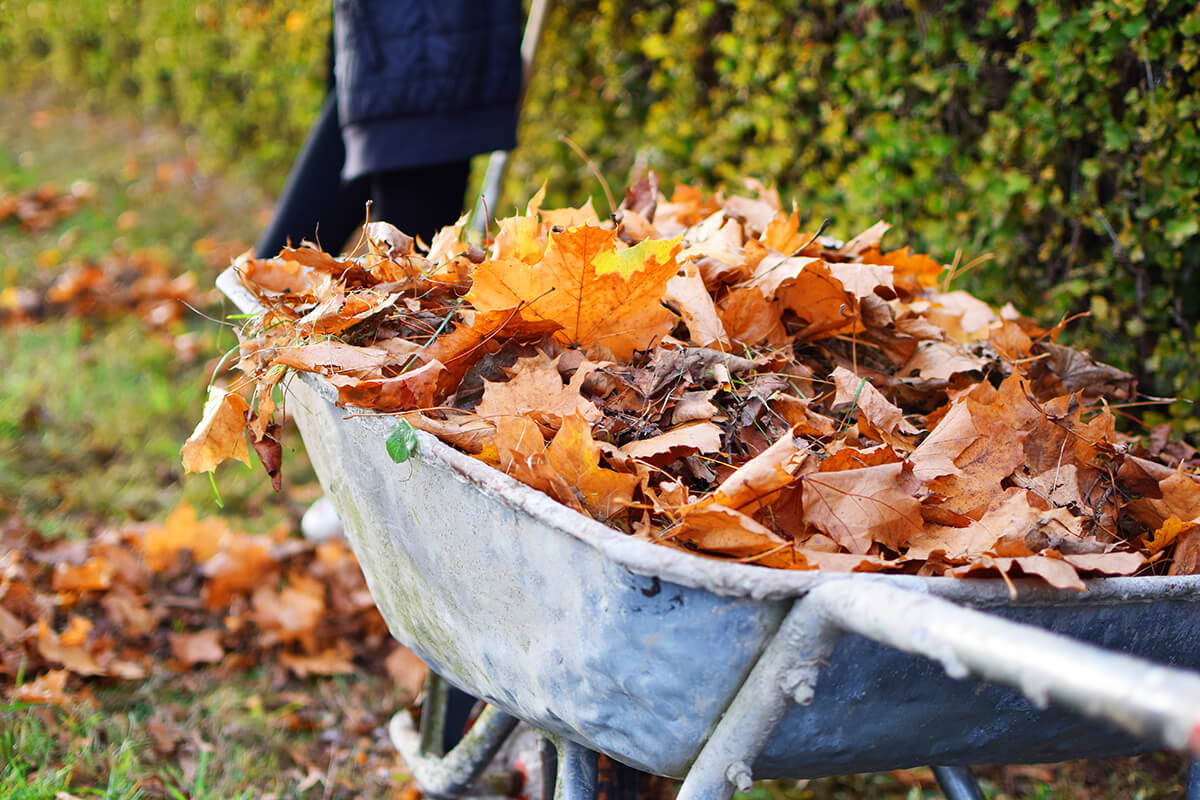
When trees shed their autumn leaves, a new opportunity arises in the garden. Instead of bagging those fallen leaves for disposal, consider turning them into compost. Leaf composting, a simple and sustainable way to manage yard waste, turns leaves into nutrient-rich soil perfect for spring planting. Here’s a straightforward guide on composting your leaves and some tips to make the process even easier.
Why Compost Leaves?
Leaves are packed with valuable nutrients like nitrogen, phosphorus, and potassium that can enhance your garden’s soil structure and fertility. They create compost that improves soil moisture retention, drainage, and aeration when broken down. By composting leaves, you can reduce the need for synthetic fertilizers and rely on natural processes to enrich your soil.
How to Start Composting Leaves
- 1Gather Your Leaves
Collect leaves from your yard, driveway, and sidewalk. If possible, avoid leaves that are diseased or sprayed with pesticides, as they may harm your compost. - 2Shred the Leaves
Shredding leaves speeds up decomposition by creating more surface area for microbes to break down. You can use a lawnmower, leaf shredder, or even garden shears. Shredded leaves also take up less space, making it easier to manage your compost pile. - 3Select the Right Type of Compost Bin
Choosing the proper composting setup can help keep critters away while providing a space for your leaves to break down efficiently. Open compost piles are great for larger yards but may attract animals like raccoons or squirrels. Enclosed compost bins, like tumblers or closed bins with tight-fitting lids, are a better option for keeping your compost contained and animal-free. Pick the one that best fits your space and keeps your yard looking neat. - 4Bin Setup
Set up a compost pile in a shady spot in your yard. Add layers of leaves, alternating with green materials like grass clippings, food scraps, or garden trimmings to balance the carbon-to-nitrogen ratio. - 5Balance the Materials
Brown leaves are high in carbon, so you’ll need to balance them with nitrogen-rich green materials like vegetable scraps or grass clippings. For the best results, aim for a mix of about three parts leaves to one part greens. - 6Moisture Upkeep
Compost needs moisture to break down efficiently. Add water to your bin occasionally to keep the contents damp but not soaked. Check moisture levels by squeezing a handful of compost. It should feel like a wrung-out sponge. - 7Turn the Pile
Turning your compost regularly helps aerate it, introduce oxygen, and distribute microbes that aid in decomposition. Use a tool to stir the contents of your compost bin weekly.

Using Your Compost
Your compost will be ready within three to six months. It should resemble dark, crumbly soil and have an earthy smell. Spread the compost around your garden beds, trees, shrubs, and lawn. This compost will improve the soil’s nutrient content, water retention, and structure, giving your plants a healthier environment to grow in spring.
Composting leaves is an easy, eco-friendly way to prepare nutrient-rich soil for your garden. With minimal effort, you can transform a pile of autumn leaves into a valuable resource that benefits your plants and reduces waste. Next time you rake fallen leaves, remember that they have the potential for a thriving garden in spring.
Share
Related Posts



